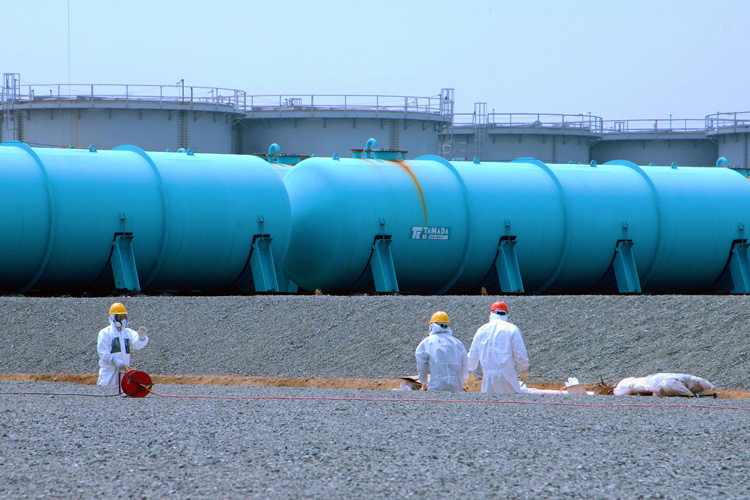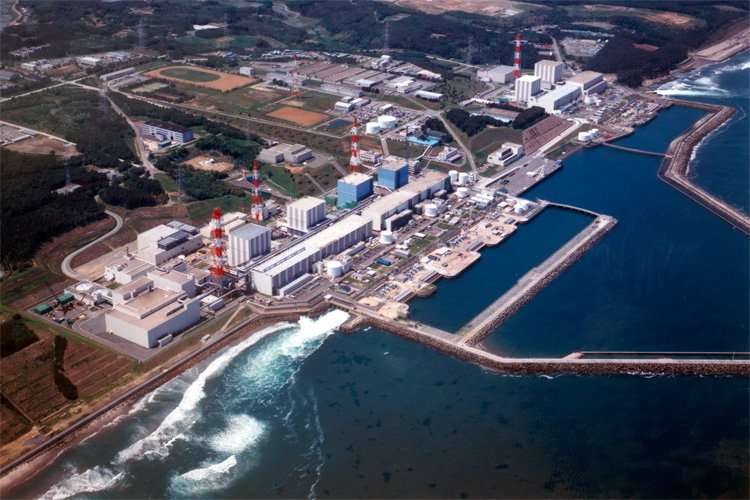In the past eight years, Tokyo Electric Power, also known as Tepco, collected over one million tonnes of radioactive water from the Fukushima nuclear power plant.
The Japanese company kept the contaminated liquid taken from cooling pipes in large storage tanks located near the facility in Okuma to prevent the fuel cores from melting.
However, both the company and the environment minister admit that they have run out of room to store water containing tritium.
The only solution, says one of the members of the government, is to release it into the Pacific Ocean.
"The only option is to drain it into the sea and dilute it. The government will still discuss this issue, but I would like to offer my simple opinion," said Yoshiaki Harada, the Japanese environment minister.
However, even within the Japanese government, the highly controversial decision is not unanimous.
Time Is Running Out
Storage for the radioactive Fukushima water will reach its limit by 2022.
There are concerns that if the water is discharged, many countries will be significantly affected.
Countries like South Korea and even the United States are some of the nations that could receive these contaminated waters on their coastlines.

Greenpeace has already stated that Japan should take a "wise and prudent decision" and that the only viable response is long-term storage and water treatment to remove radioactive isotopes.
An expert panel is currently evaluating all options before a final decision is made on how the country will dispose of wastewater from the Fukushima nuclear power plant.
On March 11, 2011, a major earthquake triggered a tsunami that disabled the power supply and cooling of three Fukushima Daiichi reactor units.
These three cores melted, and contaminated water leaked. Around 100,000 people were evacuated from their nearby homes.
To Surf or Not to Surf
The Fukushima area is blessed with perfect conditions for surfing. Last year, Japanese surfers returned to the local waves after a seven-year interdiction.
But the situation could change if the authorities decide to dump radioactive water into the sea.
Surfing makes its Olympic debut in Tokyo 2020. The competition will take place at Tsurigasaki Beach, near Ichinomiya, in the Chiba Prefecture.
The venue is located 160 miles (260 kilometers) away - a four-hour drive - from the Fukushima Daiichi Nuclear Power Plant.
